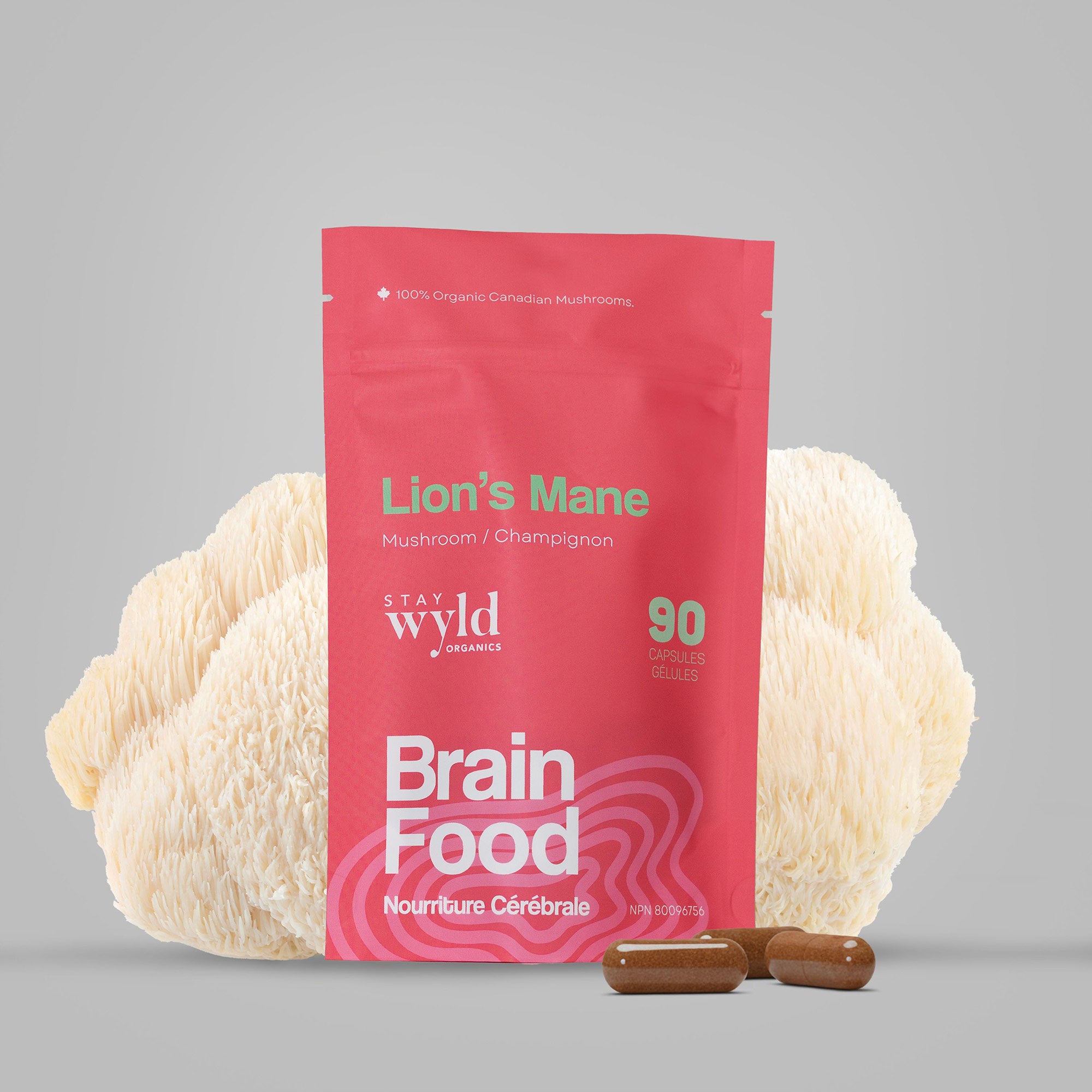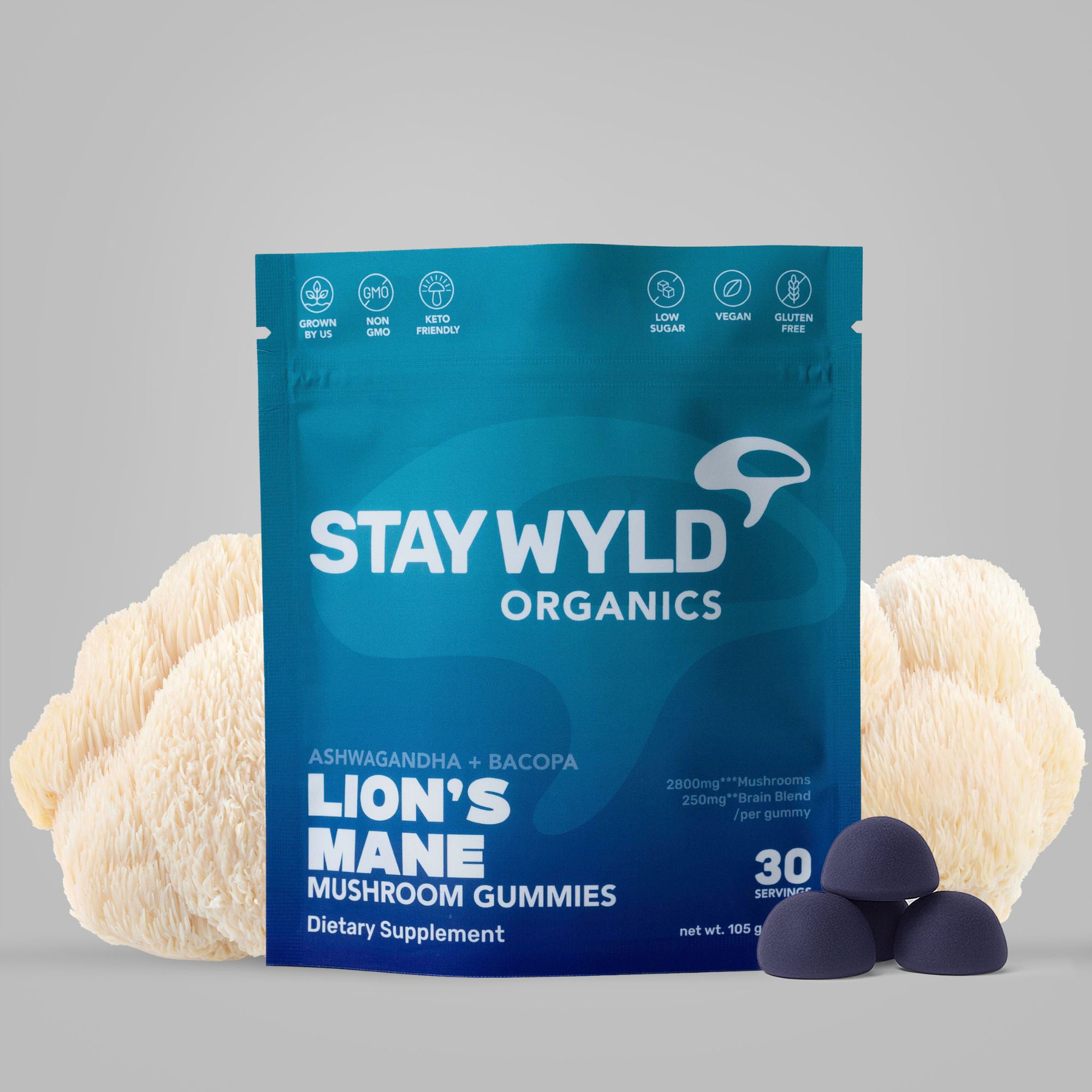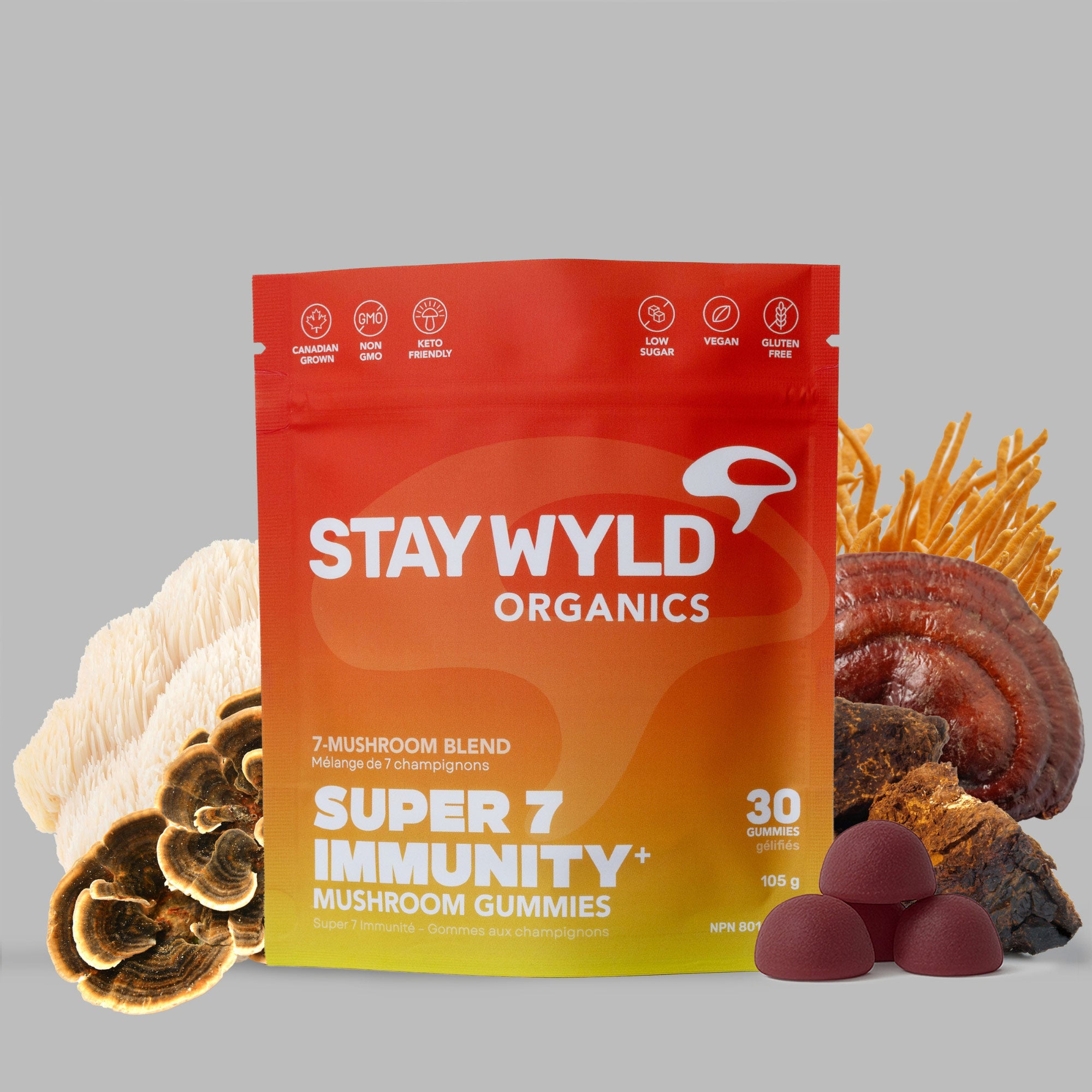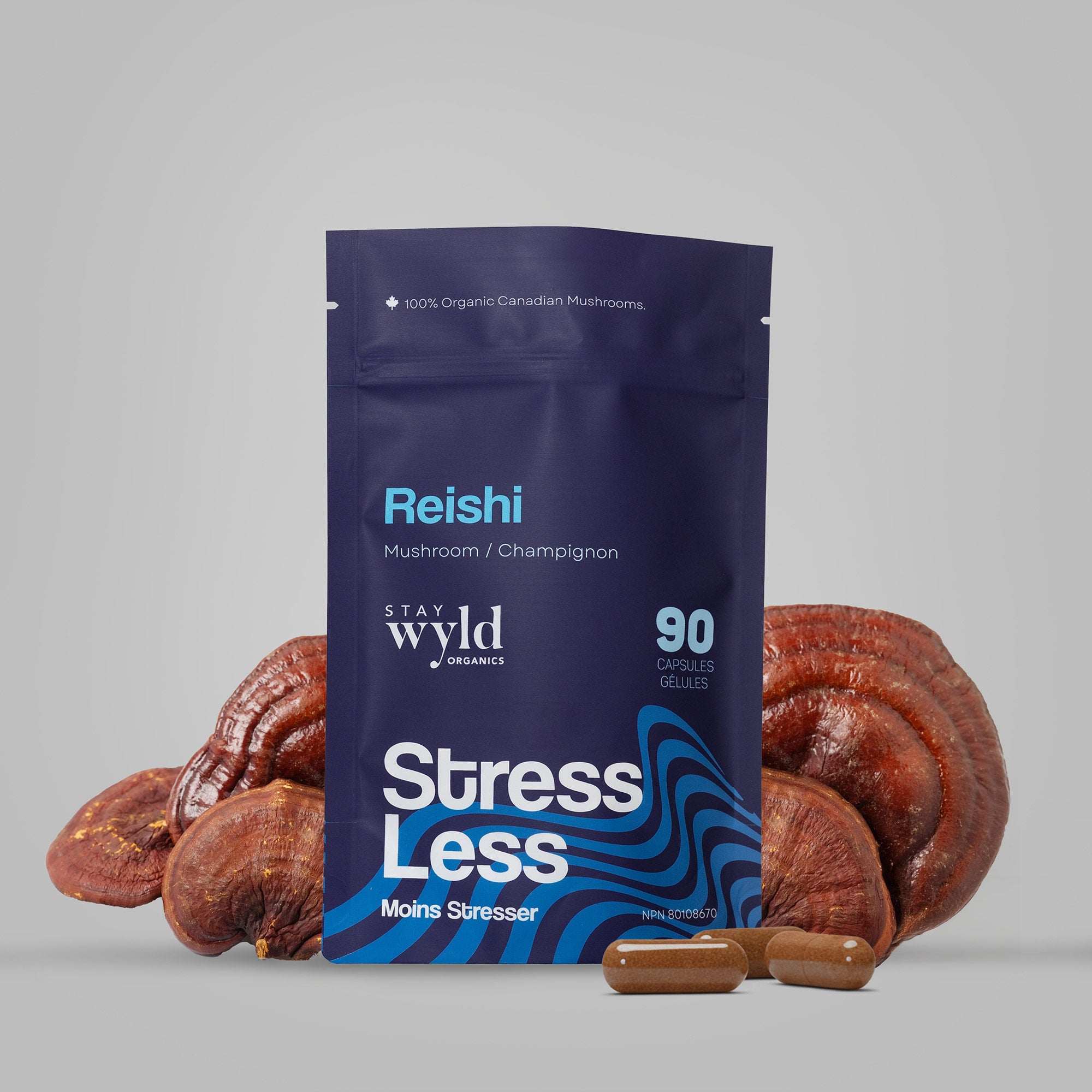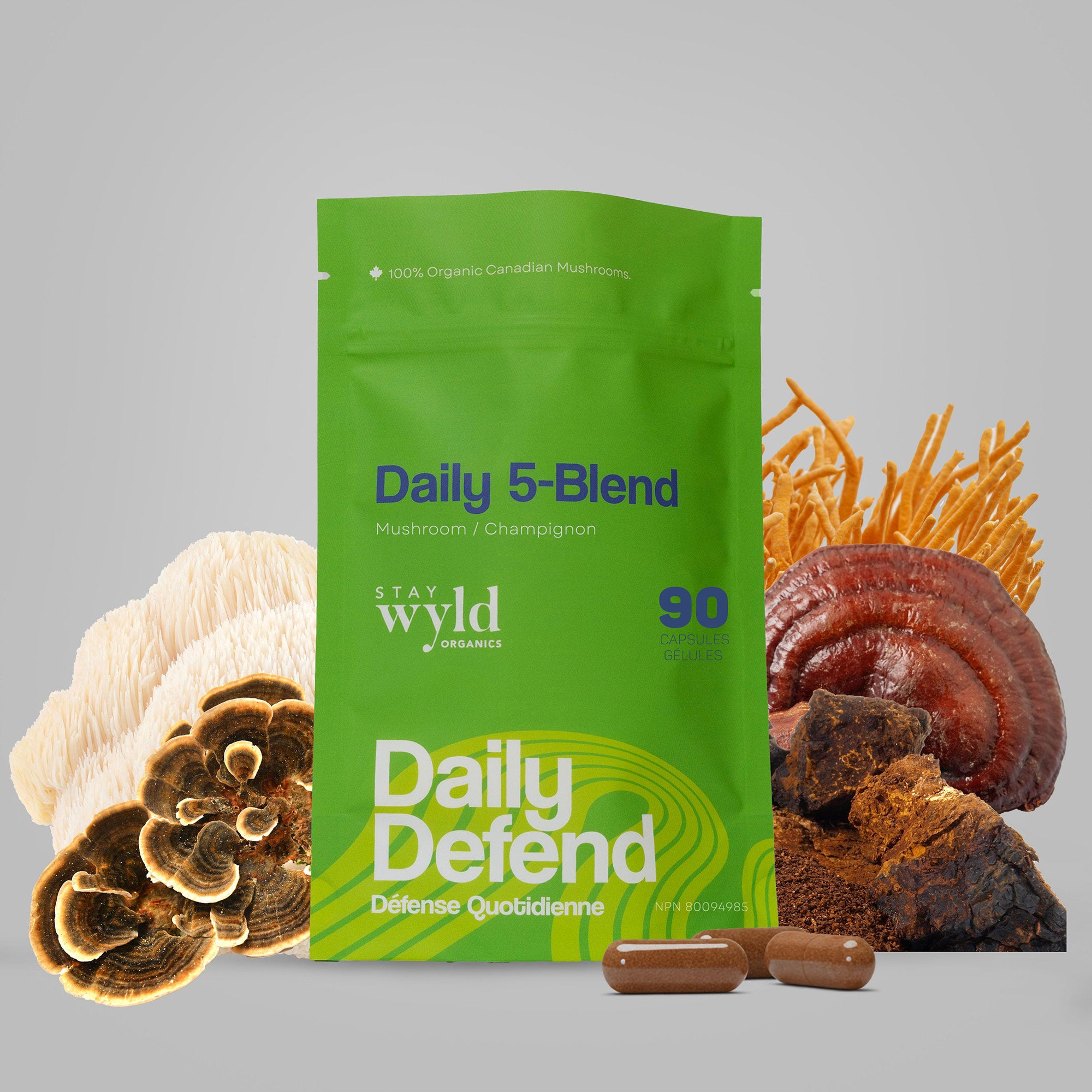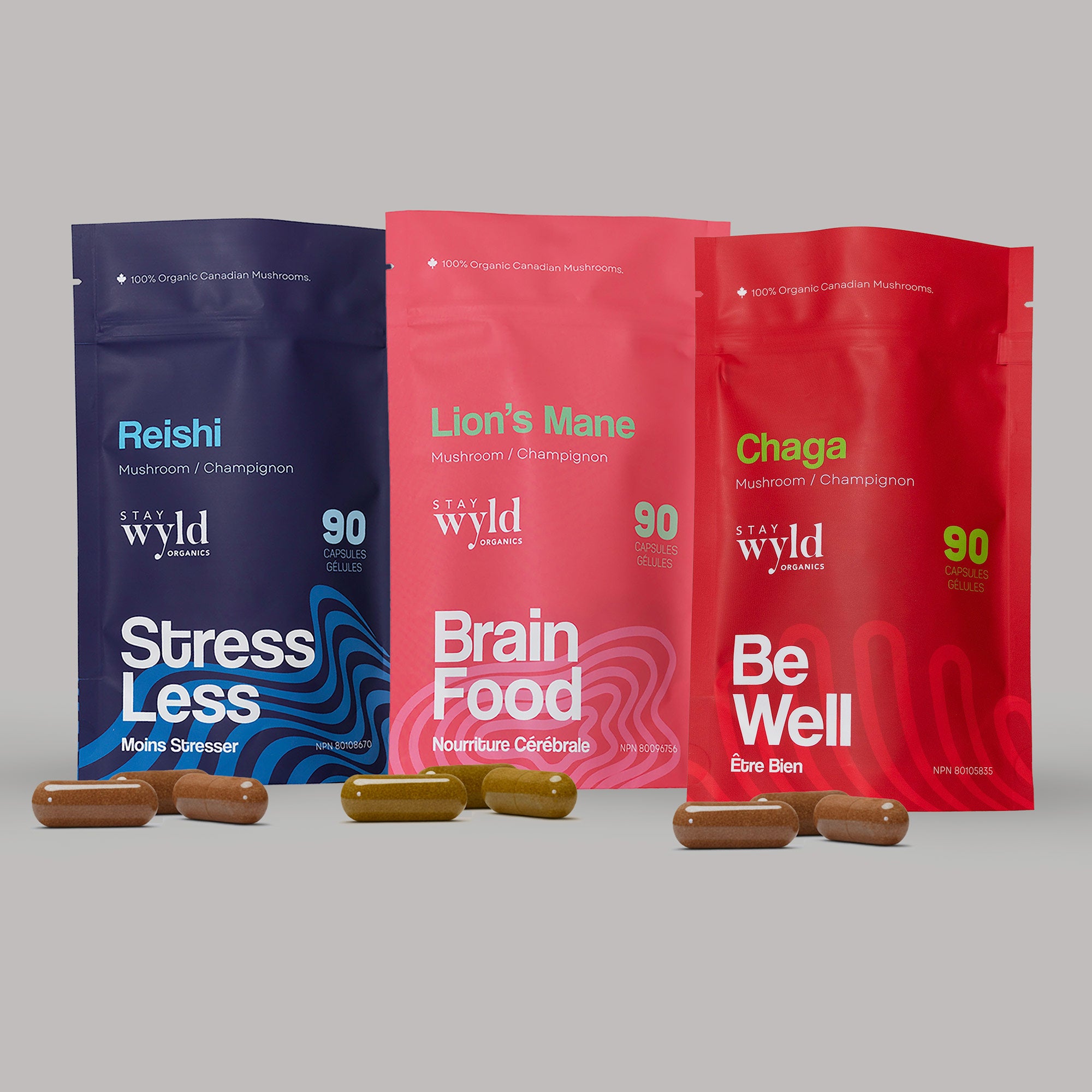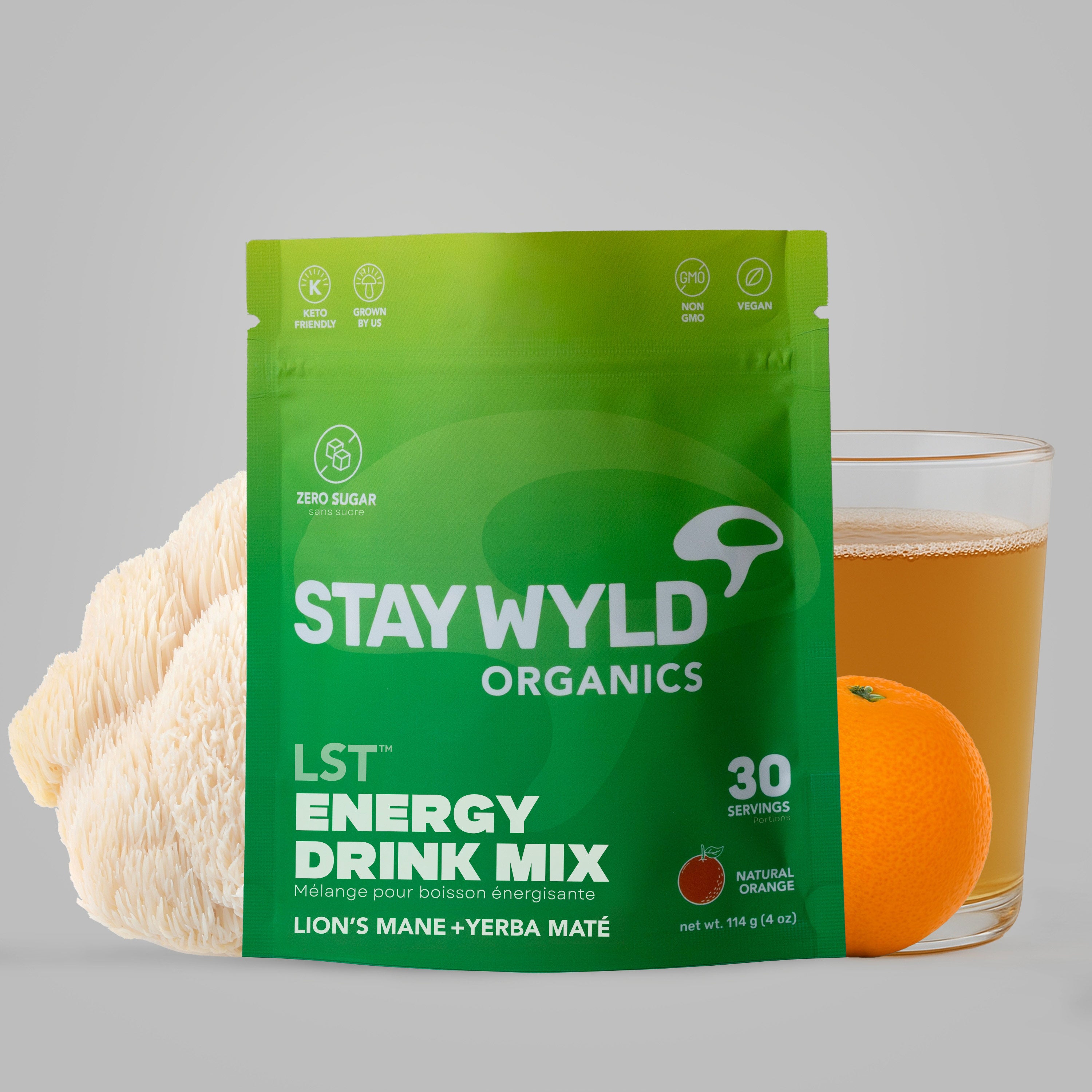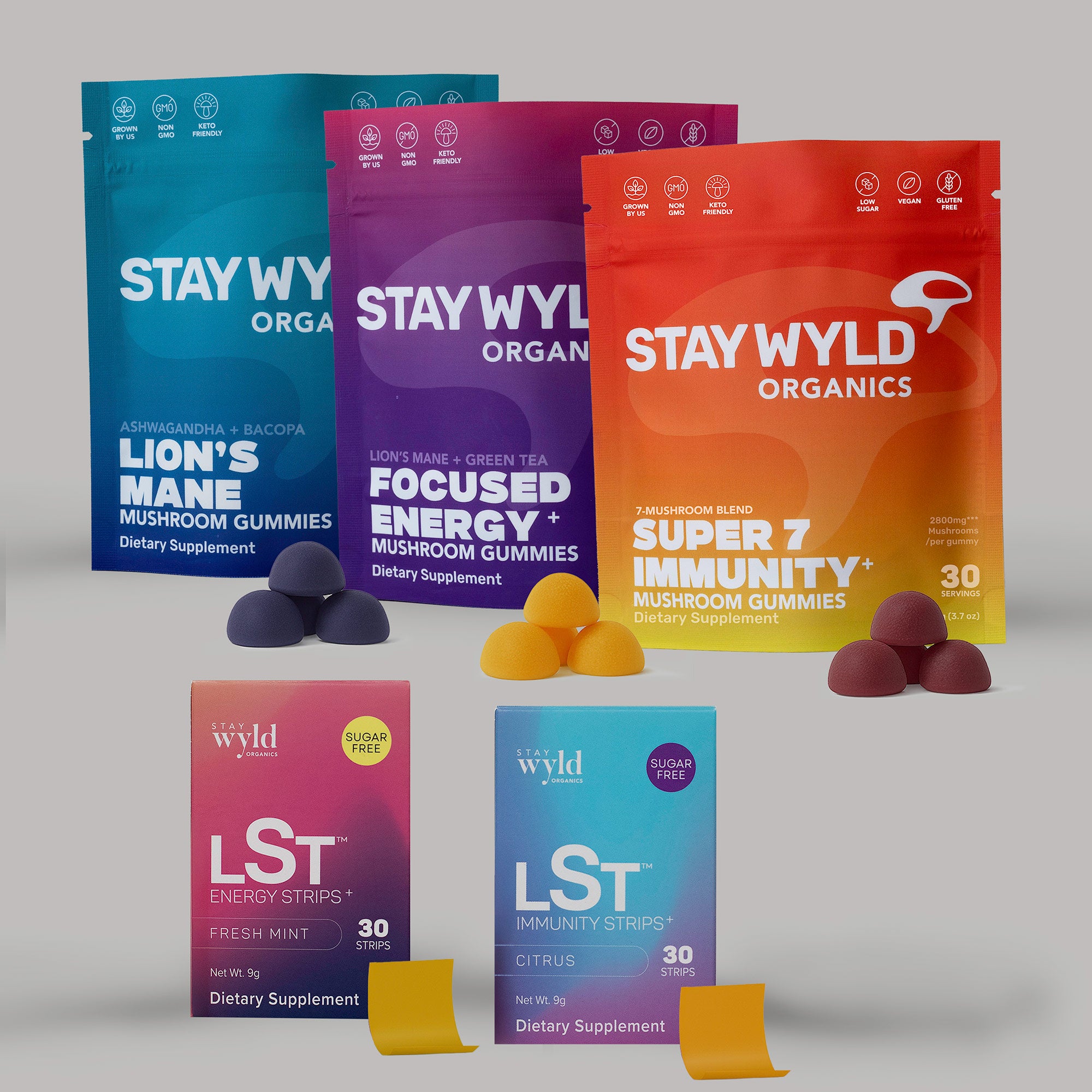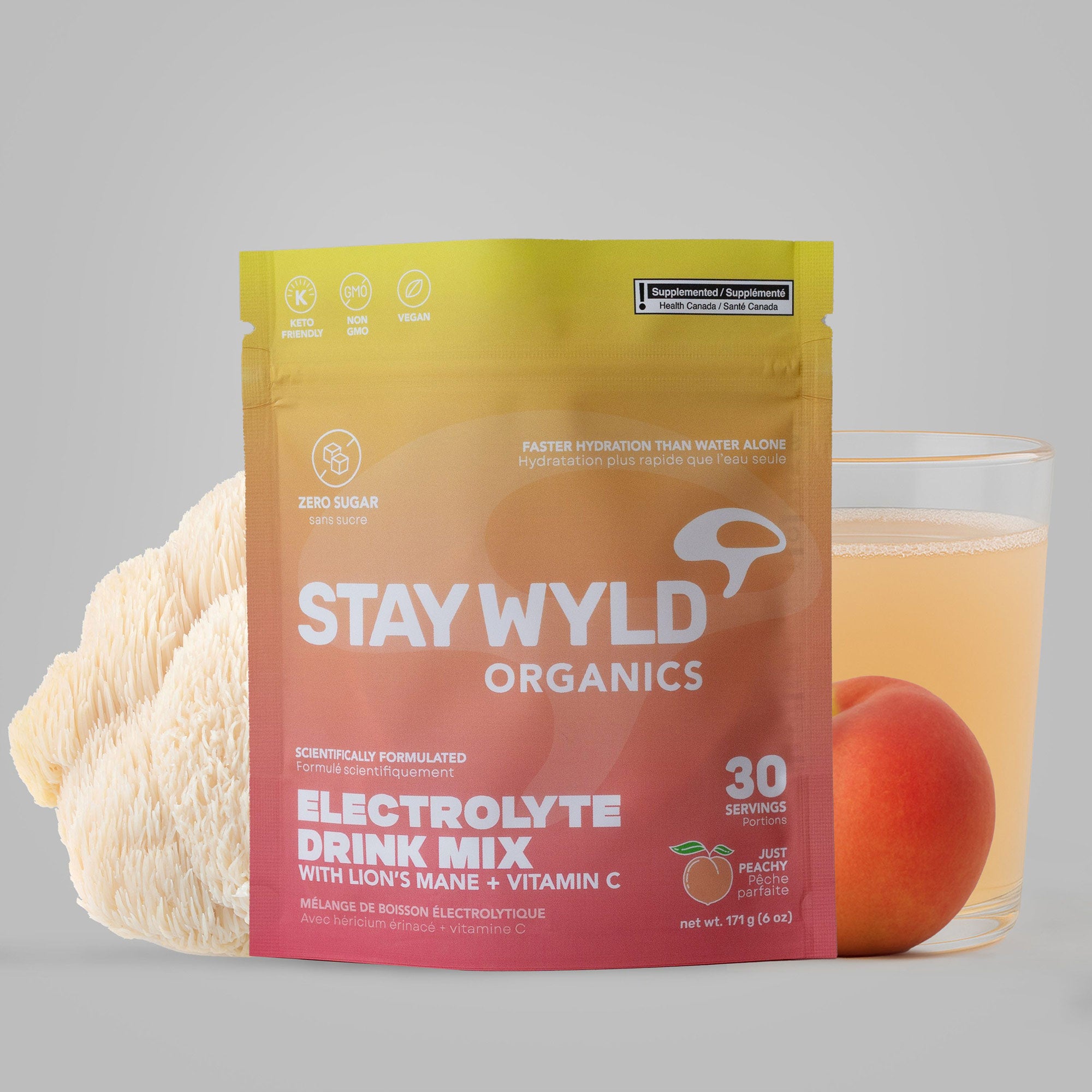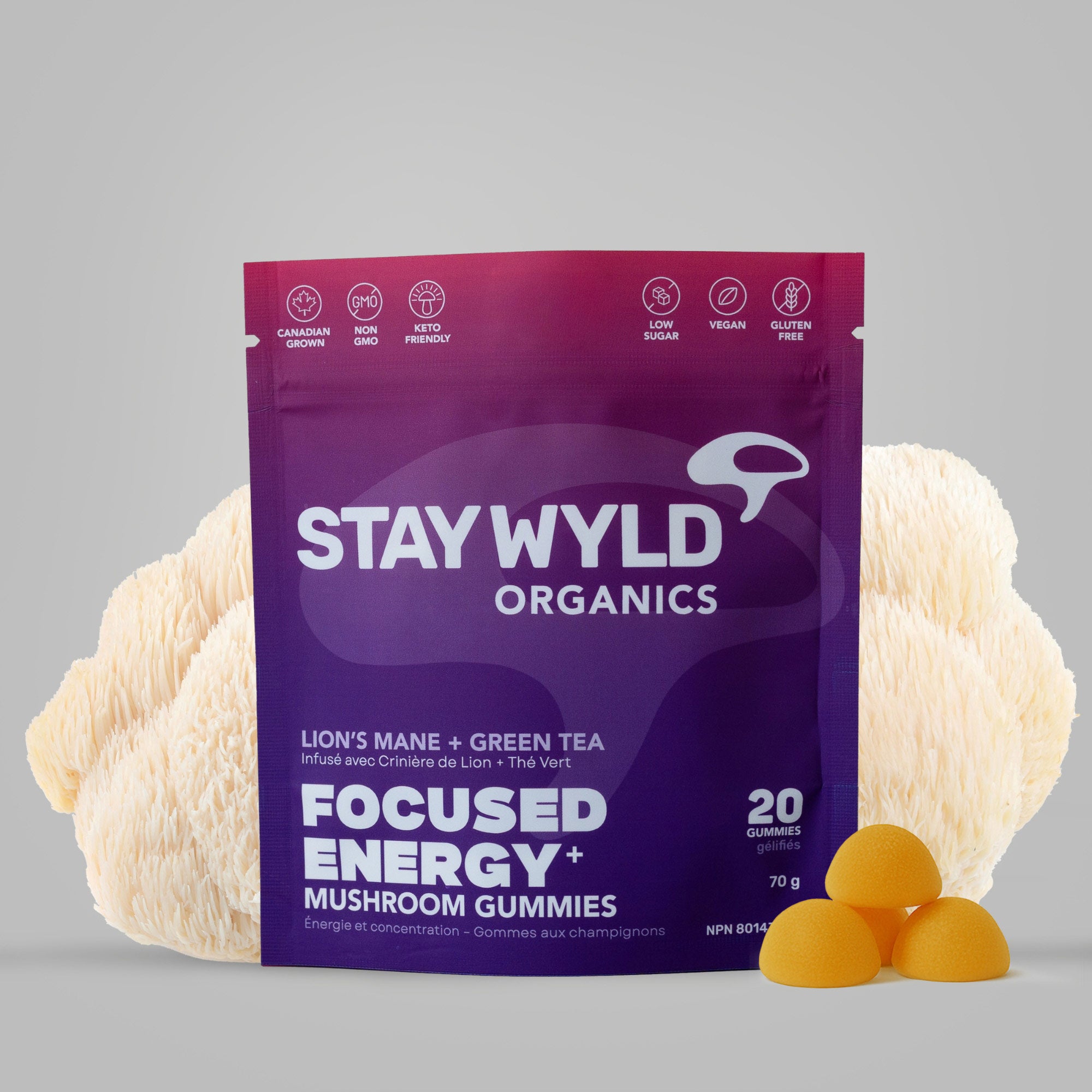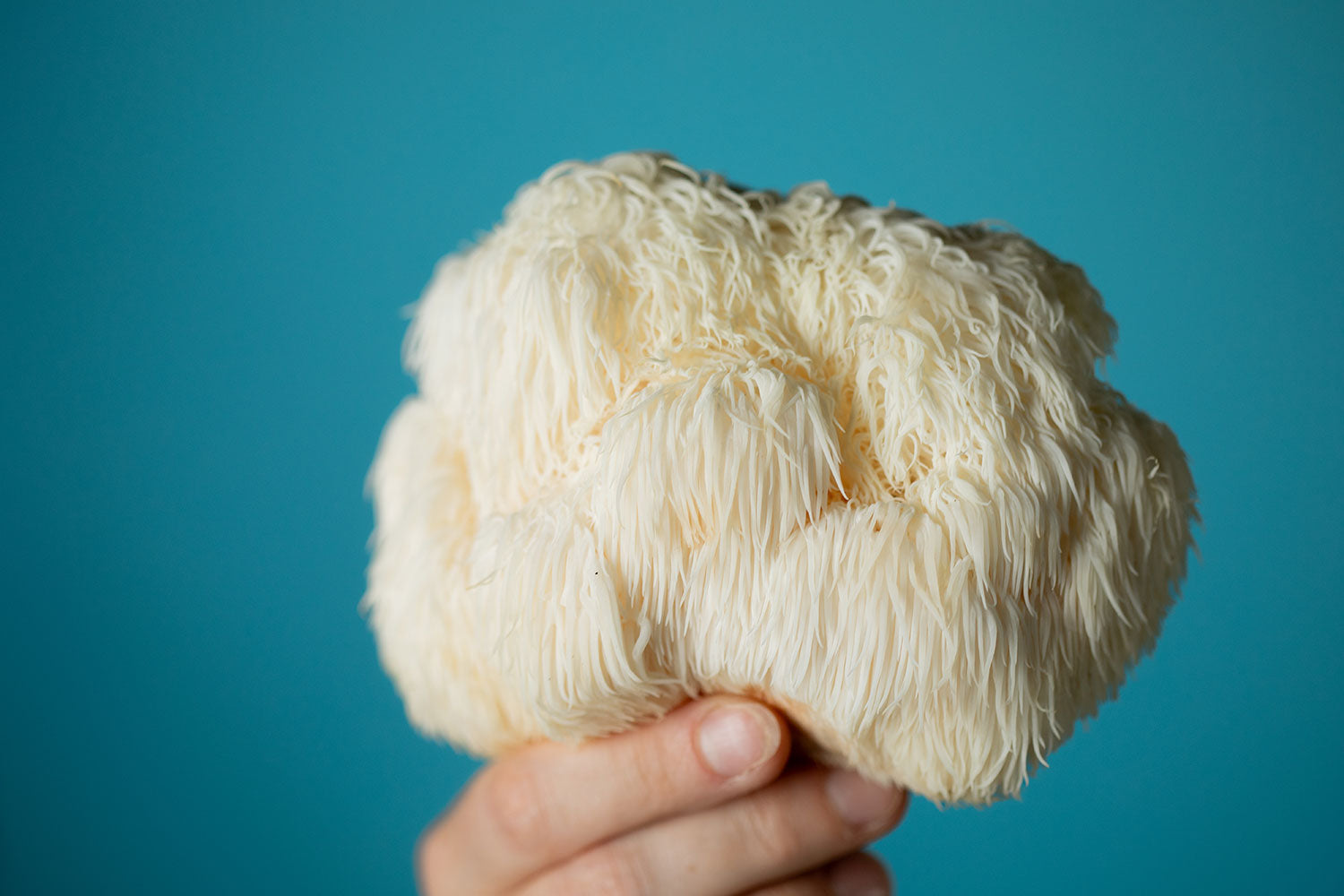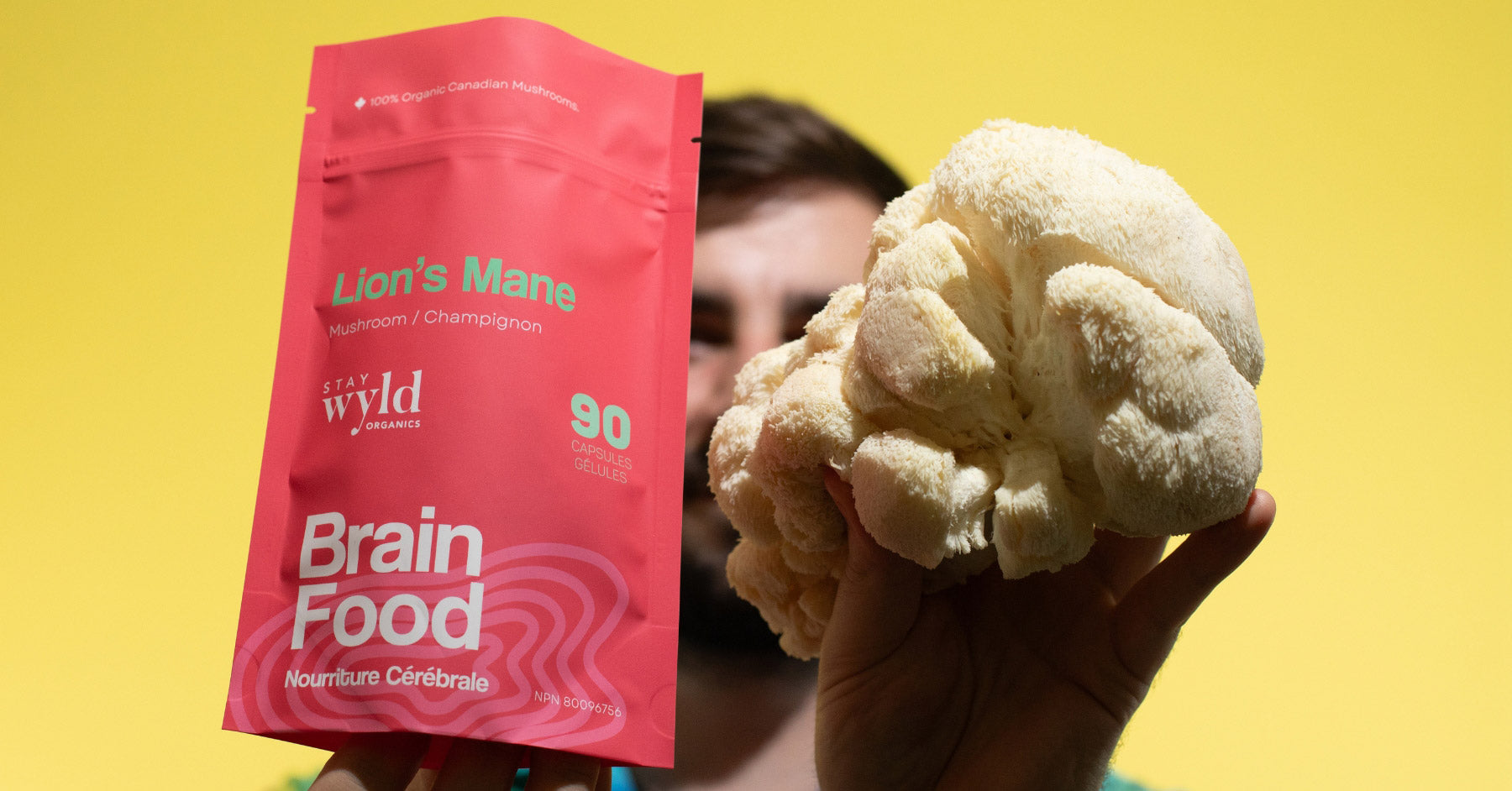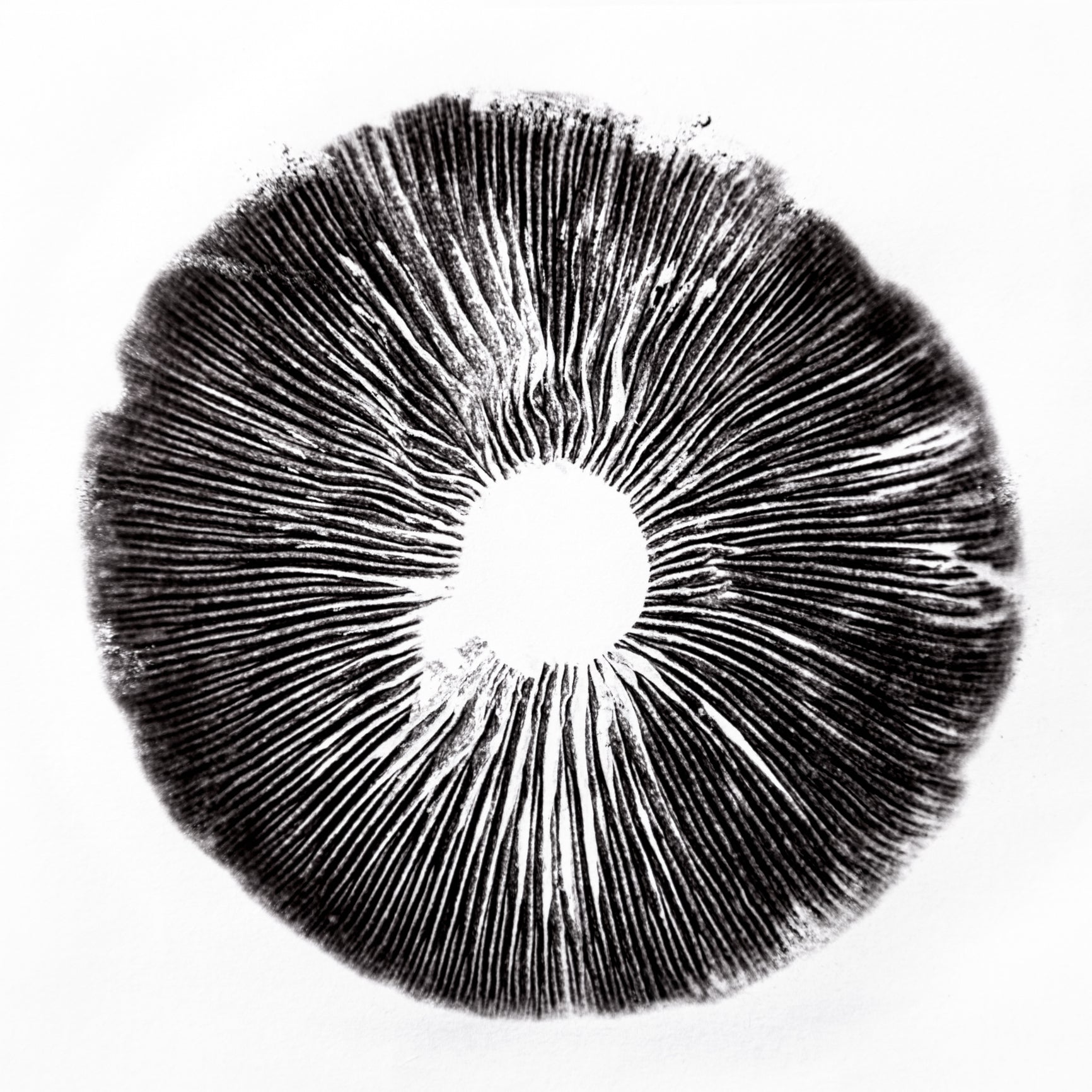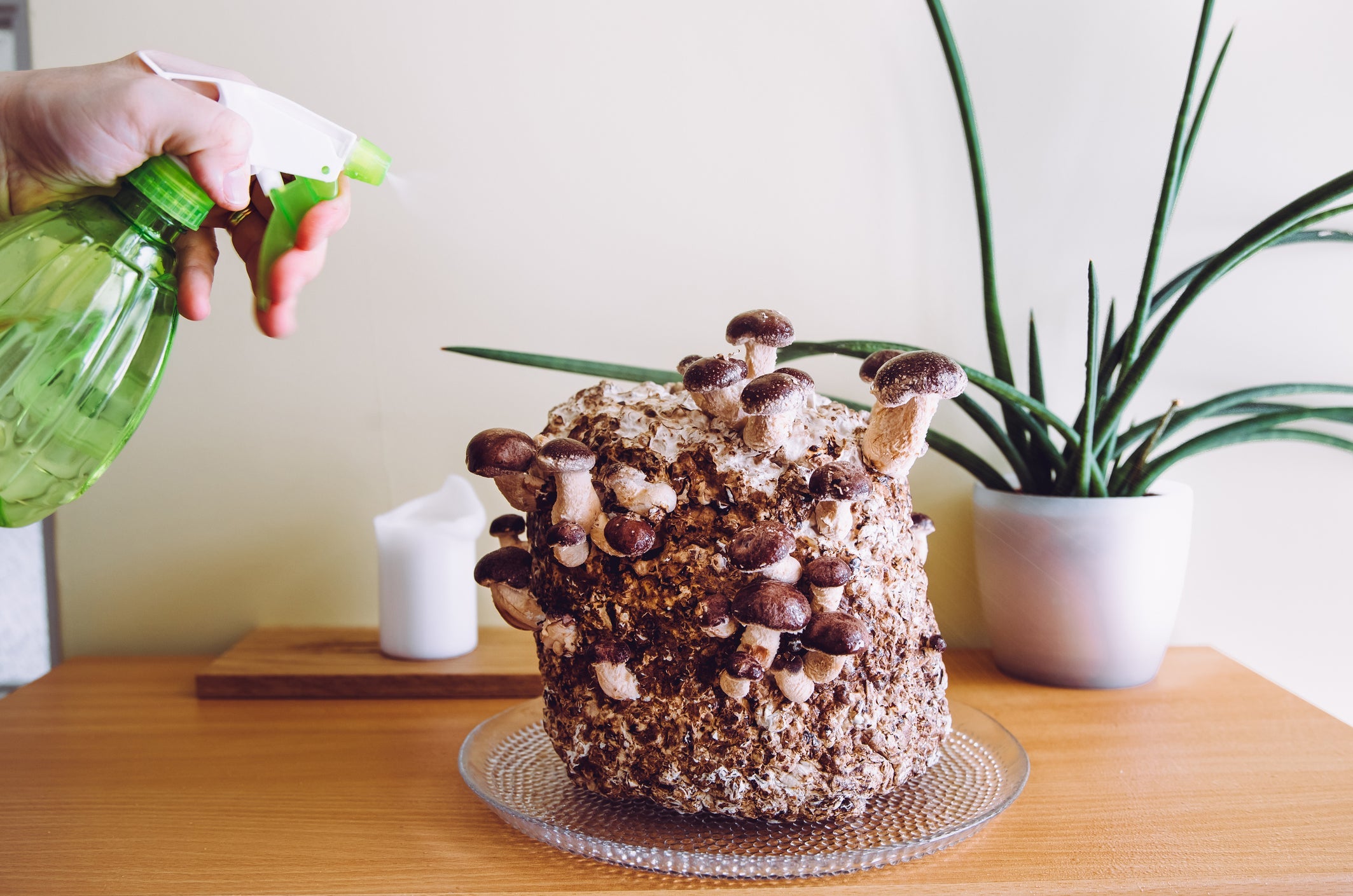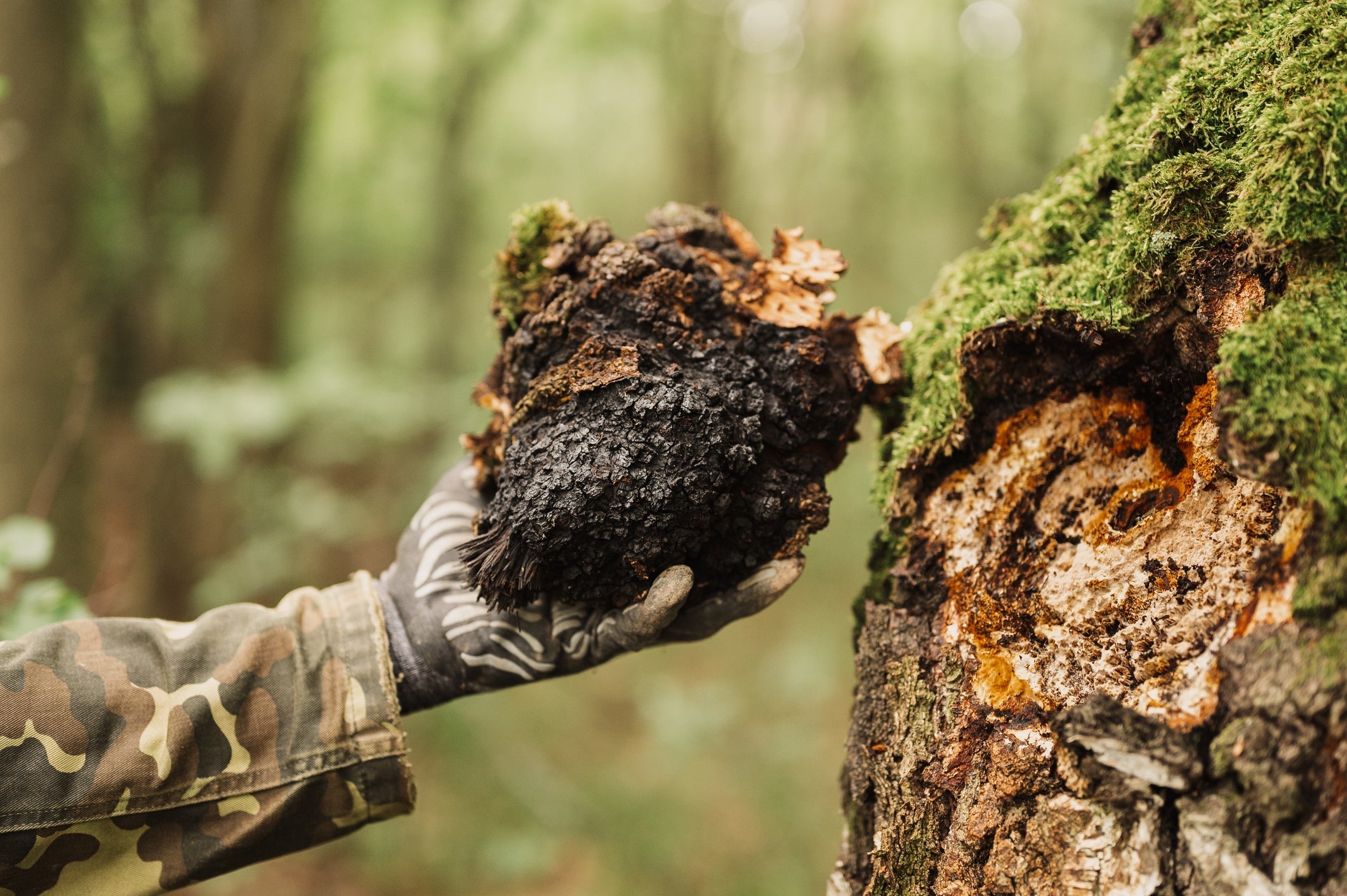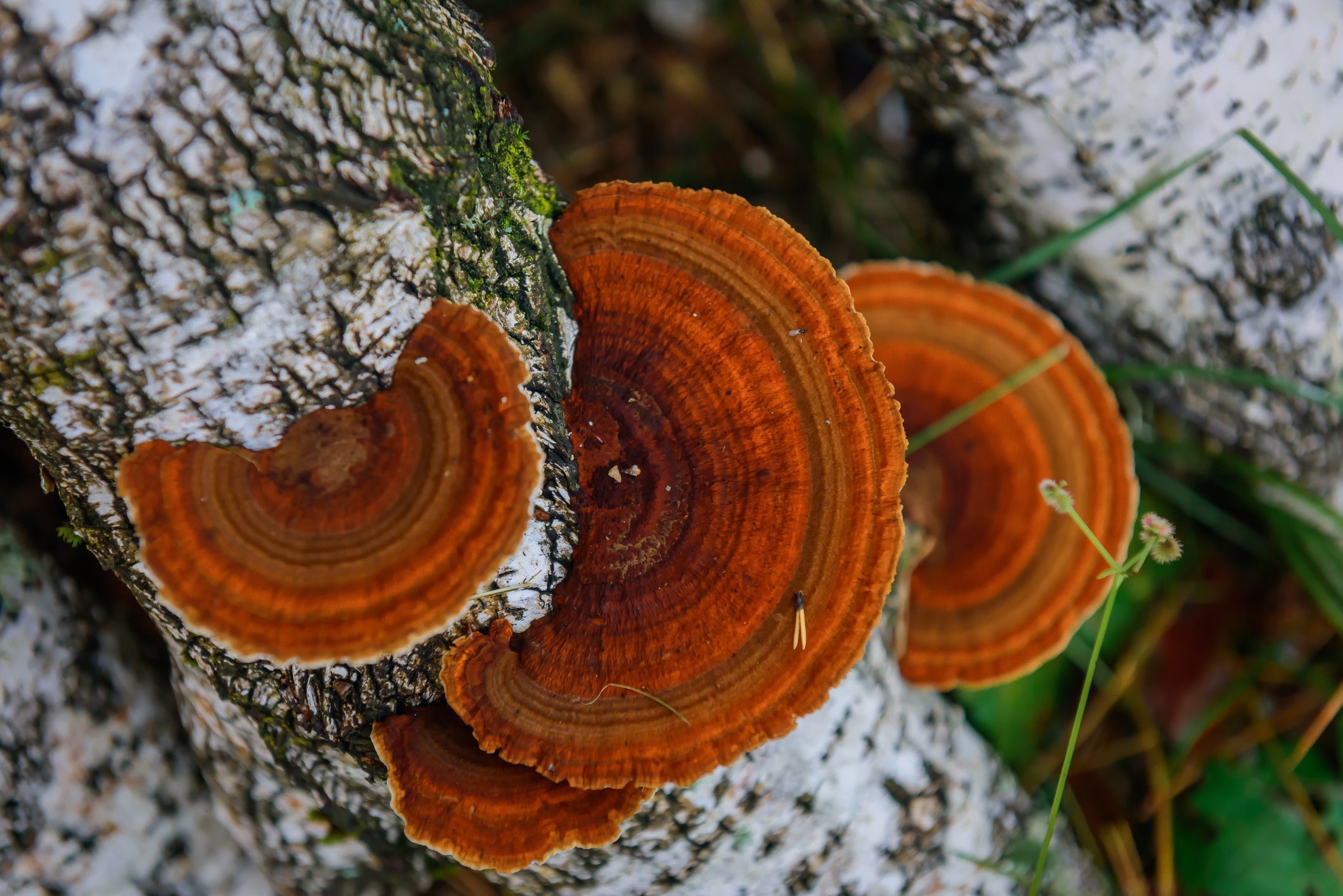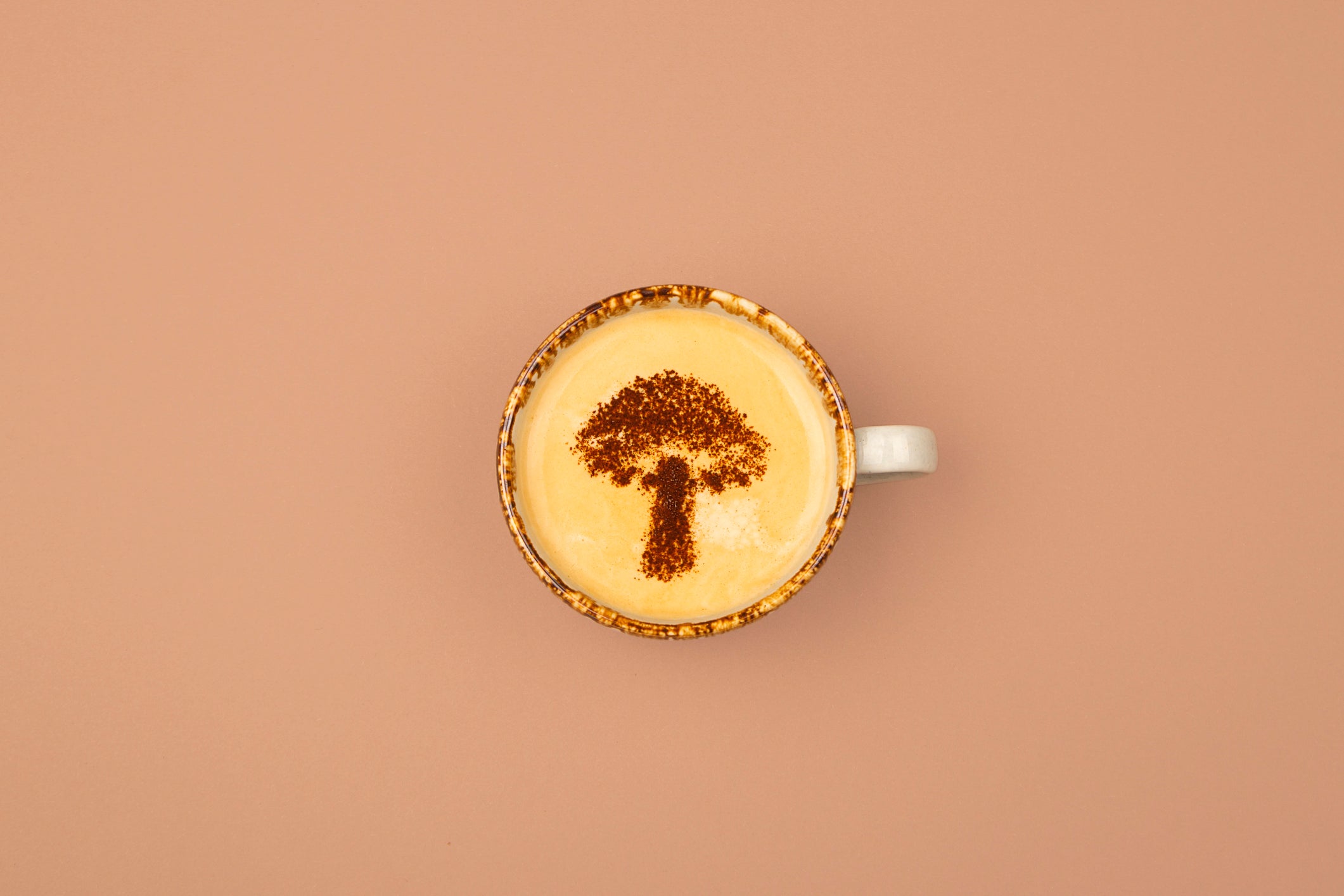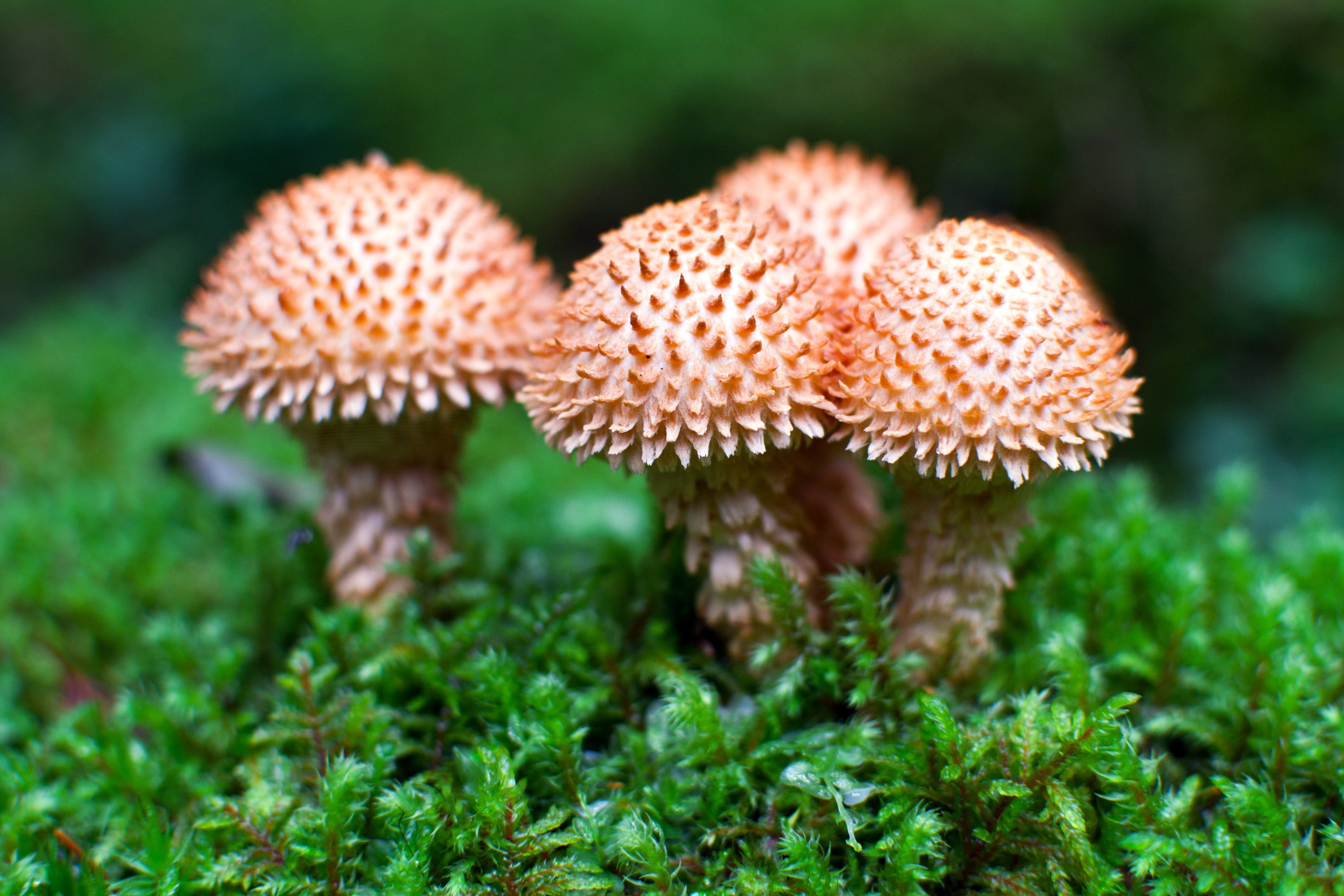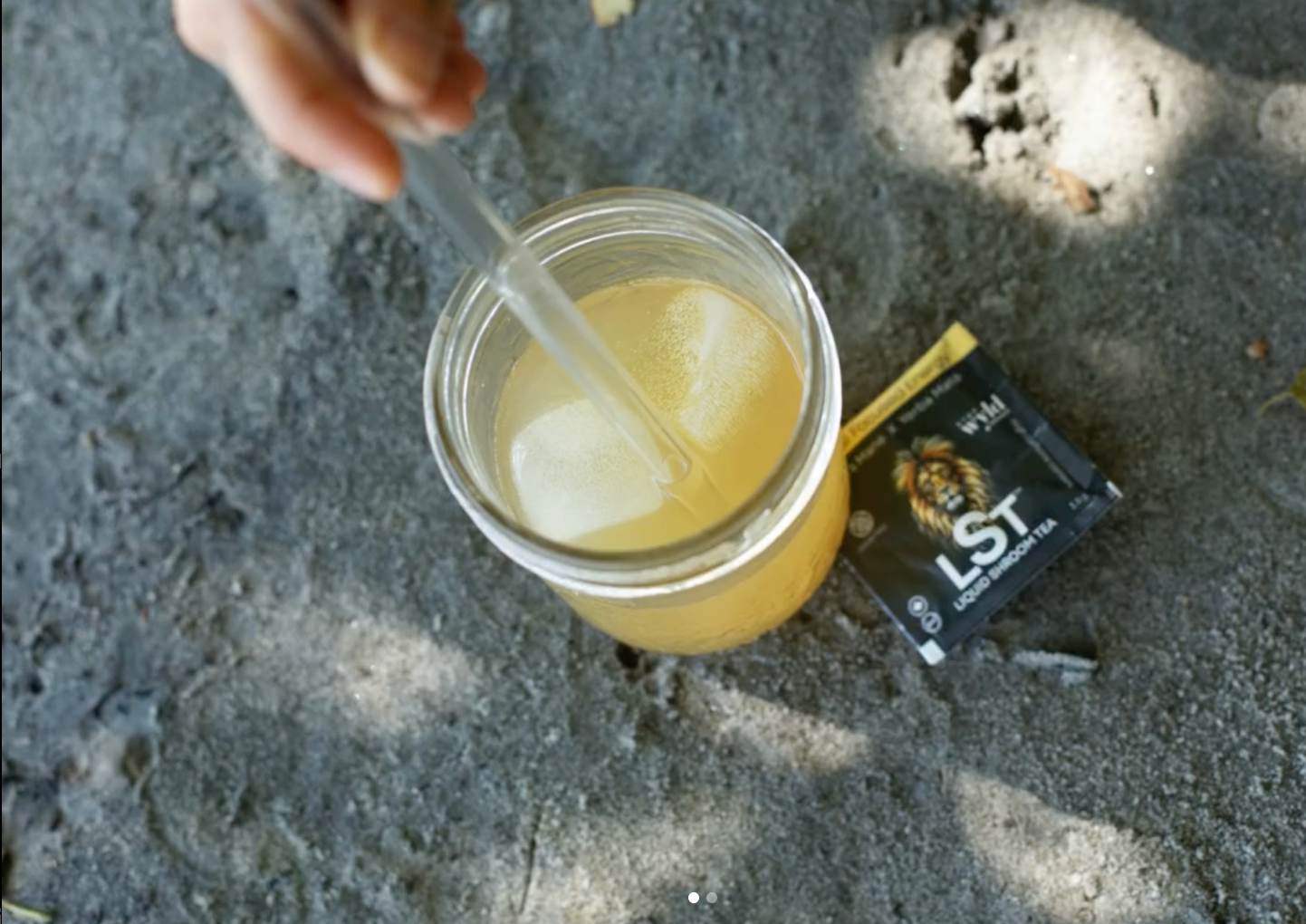Can You Eat Raw Mushrooms?
6 minute read
Mushrooms are a versatile and delicious ingredient that can be enjoyed in a variety of ways. While they are commonly cooked before being eaten, many mushroom enthusiasts wonder if it is safe to enjoy them raw. In this article, we will explore the safety, digestibility, health benefits, and guidelines for consuming mushrooms in their raw form. We will also discuss the varieties of mushrooms that are suitable for raw consumption and those that are best enjoyed cooked. Additionally, we will delve into the art of enhancing the taste of mushrooms through cooking and provide some useful tips and methods. So, can you eat raw mushrooms? Let's find out.
The Safety of Consuming Uncooked Mushrooms
When it comes to eating raw mushrooms, safety is a primary concern. While mushrooms are generally safe to consume, there are certain species that can cause adverse reactions when eaten raw. Some varieties contain toxins that are only deactivated through the cooking process. It is crucial to know which mushrooms are safe to consume raw and which are not. Let's explore the digestibility of raw mushrooms next.
One common mushroom that should never be consumed raw is the toxic Amanita phalloides, also known as the Death Cap mushroom. This innocent-looking fungus contains deadly toxins that can lead to severe liver damage or even death if ingested. Cooking these mushrooms thoroughly is the only way to neutralize the toxins and make them safe for consumption. On the other hand, varieties like white button mushrooms, cremini mushrooms, and portobello mushrooms are safe to eat raw and are commonly enjoyed in salads or as garnishes.
It's important to note that some people may have difficulty digesting raw mushrooms due to their tough cell walls, which can be hard for the human digestive system to break down. Cooking mushrooms not only helps to break down these cell walls but also enhances the flavor and nutritional benefits of the fungi. Additionally, certain mushrooms, like shiitake and maitake, contain compounds that are more bioavailable to the body when cooked, providing a greater array of health benefits. So, while raw mushrooms can be safe to eat depending on the species, cooking them can enhance both their safety and nutritional value.
The Digestibility of Raw Mushrooms by Humans
Raw mushrooms contain a tough cell wall made of chitin, which is a complex carbohydrate. This chitinous cell wall can be hard for humans to digest. Cooking mushrooms helps break down this wall, making the nutrients more accessible and easier to digest. However, some individuals may find raw mushrooms easier to digest than others. It is essential to listen to your body and pay attention to any discomfort that may arise after consuming raw mushrooms.
A Comparison Between Raw and Cooked Mushrooms
There are distinct differences in taste, texture, and nutritional content between raw and cooked mushrooms. Raw mushrooms provide a firmer texture and a slightly earthy taste compared to their cooked counterparts. Cooking mushrooms enhances their natural flavors, making them more savory and aromatic. Additionally, the cooking process allows for better nutrient absorption, making cooked mushrooms potentially more beneficial for our health.
The Health Benefits of Cooking Mushrooms
Cooking mushrooms not only enhances their taste but also unlocks numerous health benefits. When exposed to heat, some nutrients in mushrooms become more bioavailable. For example, cooking mushrooms increases the availability of beta-glucans, which are beneficial in supporting the immune system. Additionally, cooking mushrooms can help rid them of any harmful bacteria or parasites that may be present.
Guidelines for Consuming Mushrooms Raw Safely
While some mushrooms are safe to consume raw, it is crucial to follow certain guidelines to ensure safety. First and foremost, always choose fresh and high-quality mushrooms from a reputable source. Clean them well by gently brushing off any dirt or debris. It is recommended to slice or chop the mushrooms before consuming them raw, as this aids in digestion. Lastly, if you are unsure about the safety of a particular mushroom, it is best to err on the side of caution and cook it.
Varieties of Mushrooms Suitable for Raw Consumption
Not all mushrooms are equal when it comes to eating them raw. Some varieties lend themselves well to raw consumption. These include the delicate and mild-flavored button mushrooms, as well as the versatile and slightly nutty-tasting white beech mushrooms. Both of these varieties are commonly enjoyed raw in salads, sandwiches, or as a garnish. Additionally, consider incorporating the following mushrooms into your diet for both their flavor and health benefits:
- Crimini Mushrooms: Similar to button mushrooms but with a slightly earthier flavor, crimini mushrooms are excellent raw in salads or as a snack.
- Enoki Mushrooms: Known for their long, slender stems and small caps, enoki mushrooms have a crisp texture and a sweet, mild flavor. They're fantastic in wraps or as a soup garnish.
- Portobello Mushrooms: While they are often enjoyed cooked, young, smaller portobello mushrooms can be eaten raw and offer a meaty texture and rich flavor.
- Shiitake Mushrooms: Although typically used in cooking, young, tender shiitake mushrooms can be eaten raw and are known for their smoky flavor and numerous health benefits.
- Lion's Mane Mushrooms: This medicinal mushroom can be consumed raw and is prized for its seafood-like taste and potential cognitive benefits.
It is important to clean and prepare these mushrooms properly before consuming them raw. Ensuring they are fresh and sourced from a reputable supplier can minimize health risks and enhance your dining experience.
Mushrooms Not Recommended for Raw Consumption
Some mushrooms are best consumed after being cooked due to their potential toxicity when consumed raw. Cooking these mushrooms ensures that any harmful toxins present are neutralized. Beyond the wild mushrooms such as the morel and shaggy mane, and the highly toxic death cap mushrooms, there are other varieties that should also be avoided in their raw form for safety reasons. Here are five additional mushrooms not safe for raw consumption:
- False Morels (Gyromitra spp.): These mushrooms contain hydrazine toxins, which can be fatal. Cooking may reduce their toxicity, but they're often considered too risky to consume.
- Amanita phalloides (Death Cap): Even though mentioned, it's worth reiterating the extreme danger of this mushroom. It's deadly and should never be consumed, cooked, or raw.
- Amanita muscaria (Fly Agaric): Known for its iconic red cap with white spots, this mushroom can cause psychoactive effects and gastrointestinal distress if consumed raw or improperly prepared.
- Gyroporus cyanescens (Bluing Bolete): While not as toxic as others, this mushroom can cause gastrointestinal upset if eaten raw.
- Lactarius spp. (Milk Caps): Some species within this genus can be irritants or mildly toxic if consumed without cooking, which helps to break down the compounds that can cause discomfort.
It is crucial to educate yourself and exercise caution when foraging or purchasing wild mushrooms to avoid any potential risks. Always err on the side of caution and consult with a mycologist or a reliable field guide when identifying mushrooms for consumption. Remember, cooking not only neutralizes potential toxins in certain mushrooms but can also enhance flavor and digestibility.
Enhancing the Taste of Mushrooms Through Cooking
Cooking mushrooms allows for a wide range of flavors to be infused into these culinary gems. Sauteing mushrooms in butter and garlic brings out their natural umami flavors and creates a delectable aroma. Another method is roasting mushrooms to concentrate their flavors and add a slight crispness. Experimenting with different cooking techniques and seasonings can elevate mushrooms to new heights of deliciousness.
Tips and Methods for Cooking Mushrooms
Now that we've explored the world of cooking mushrooms, let's delve into some tips and methods to help you create mouthwatering dishes. Firstly, avoid overcrowding the pan when cooking mushrooms as this can lead to steaming rather than browning. Secondly, cook mushrooms over medium-high heat to achieve a beautiful caramelization. Finally, don't be afraid to experiment with different spices, herbs, and cooking methods to find your favorite way of enjoying these versatile fungi.
In conclusion, the answer to whether you can eat raw mushrooms depends on the variety you choose. While some mushrooms are safe and enjoyable to eat raw, it is crucial to consider safety, digestibility, and potential health benefits. Cooking mushrooms enhances their taste, unlocks more nutrients, and eliminates potential toxins. By following guidelines for consuming raw mushrooms safely and experimenting with various cooking methods, you can savor the unique flavors and reap the benefits of these fungi in both raw and cooked forms.
Leave a comment
All comments are moderated before being published.
This site is protected by hCaptcha and the hCaptcha Privacy Policy and Terms of Service apply.
